By Brian Hutchinson, The Mars Agency
We’re living in an incredibly interesting time for retail and in-store merchandising. In the post-COVID world, we’re seeing changes in shopper behavior, changes in digital technology, and changes in the ways retailers and brands are adapting to both.
But I disagree with anyone who suggests that the traditional practice of using print materials for in-store merchandising is dead. Print isn’t obsolete, it just needs to be reimagined. And there are several relatively simple ways to make that happen.
We’ve entered a “phygital” world where the physical realm of in-store displays, retail signage, and even product packaging can — and should — be able to interact with mobile devices and the digital realm.
And that’s the challenge we’re facing as marketers. There haven’t been any substantial innovations made to point of purchase displays in a long time. We’ve largely been doing things the same way for decades. There have been incremental improvements, to be sure, but no real true shifts in how we design displays.

One of the longstanding problems has been the physical limitations of displays.
How many graphical elements or how much marketing copy can you cram onto a header and a few side panels? How much can you communicate to shoppers given the limited amount of real estate that’s available?
There is often more so much more to the brand story that needs to be told.
Meanwhile, marketers have always been striving to achieve three “Holy Grails of Display”:
1. Proving the ROI. There is no systematic, repeatable, uniform formula or metric for calculating the ROI of a display program across the industry. Every brand, every retailer does it their own unique way, so there are a lot of methods being used.
2. Increase execution rates. This has been a problem historically, as we all know. You manufacture X number of displays and send them to X number of retailers, but only a certain percentage of them are actually executed — 46%, on average, among fast moving consumer goods. You have retailers not setting them up in the right location, or at the wrong time, or incorrectly, or not at all. There are times when the retailer will just pitch the display and put the product right on the shelf.
And that impacts the ability to calculate ROI: You need to first understand the execution rate before you can figure out the true ROI of your display program. Most brands don’t know what that is, so they can’t know how their displays are performing.
3. Make the display a destination. I think it’s safe to assume that 95% of the interactions that displays generate involve shoppers being intercepted in the course of their normal trip. We’re hoping to engage them, get them to stop, and then ultimately get them to put the product into their basket.
But what if we could flip that thinking on its head? What if we got the shopper to seek out the display because we’re offering something of value that they can’t get anywhere else?
All of these unmet goals lead us to technology in general, and to the QR code in particular.
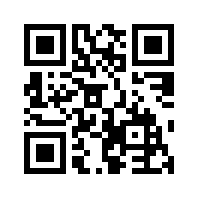
QR codes have been around for a very long time. But about 15 years ago, when they first hit the main stage with the arrival of the smartphone, they had an inherent barrier: Shoppers needed to download a QR code reader onto their phone, and then had to open the app whenever they came across a QR code. In addition, codes were somewhat unreliable, and the content to which they led often didn’t deliver any real value.
That has all changed recently, however, and the technology has caught up with itself. The reader is now built into the smartphone’s camera so there is nothing to download. With the advent of 4G and now 5G wireless networks, reliability is at an all-time high. On top of that, post-COVID shoppers are more often looking for low-touch or no-touch ways of accessing information.
And, finally, content quality has become much better than it was 15 years ago. That’s due in part to the fact that brands are starting to look for more innovative ways to leverage QR codes through the use of other technologies.
And that brings us to augmented reality.
This is another technology that’s been around for a long time. Most of us have interacted with augmented reality in some form or fashion, whether it’s watching the weather person standing in front of a green screen with alternating images behind them, or it’s looking at the yellow first down line during an NFL game broadcast. Both of those are examples of simple AR experiences.
In terms of marketing, we’ve seen AR come to life in a number of ways as well. The images below illustrate an early example — so early, in fact, that the program actually required a computer, LCD screen and webcam to be executed. And even with all that, early experiences weren’t great because they were extremely simple.
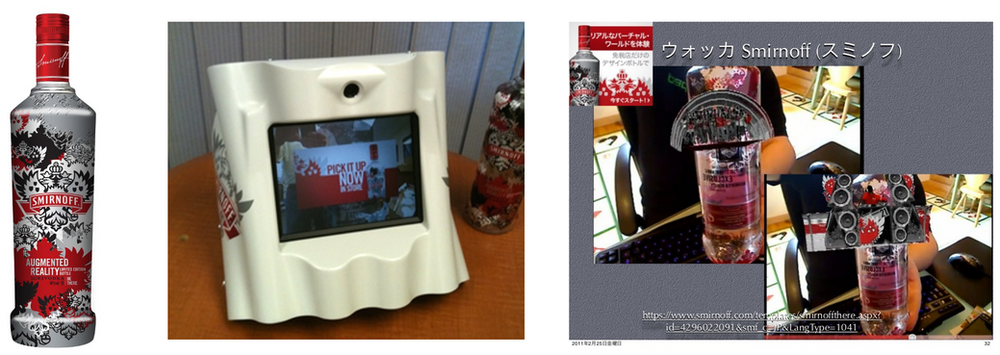
But that, too, has been changing rapidly. Once Apple really got involved with AR, by launching IOS 11 and a product they called ARKit in fall 2017, we really began to see what was possible. We started to experience the “unintended consequence of innovation,” where people continuously come along to improve on the original innovation.
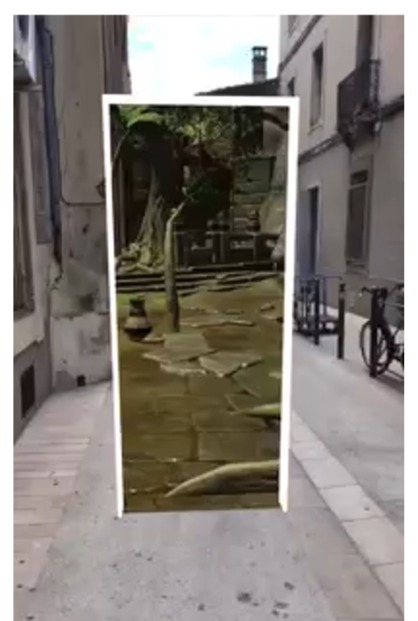
The bottom line is that you now can use your mobile device to create a virtual world and change the entire environment around you. Basically, you can do whatever you want with augmented reality.
From a user standpoint, the one remaining barrier — much like with QR codes — was the need for shoppers to download an app to experience AR environments. Here, too, shoppers have been unwilling to download an app while they’re shopping. So marketers had to wait for the technology to catch up with itself again. But it did.
The image below is a display designed for Para’kito mosquito repellent in 2019. We believe it to be the first display ever to launch an AR experience without the use of an app. Instead, the display used something called mobile web-based AR. When you scan the QR code, it launches the AR experience through whatever browser is on your smartphone.
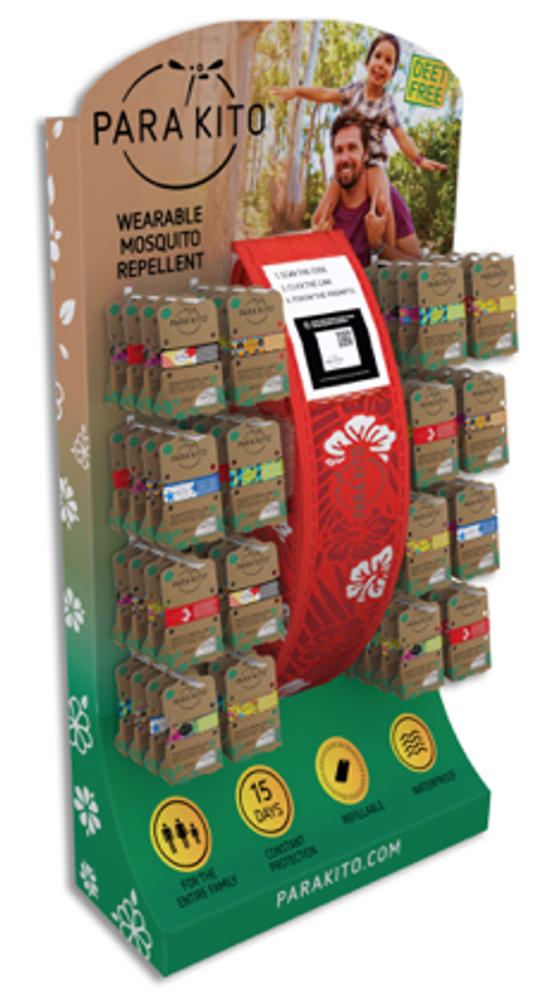
This program offered a variety of different tools: an education video, a gaming experience, and a product recommendation tool that asked users to answer three simple questions. If the recommended product wasn’t available on the display, you could order it straight from the AR experience and have it delivered to your front door.
The display remained in stores three times longer than any of the brand’s previous displays, which meant that retailers restocked it with new product up to four times. Why, because they liked the traffic that it was driving. With the gaming component, shoppers could share their scores on social media and invite friends to go into the store and try to beat it. So the display was helping drive traffic to the retailer. And the brand got a huge bang for its buck.
A more recent example is the Sanpellegrino Virtual Bartender, which earned The Mars Agency an OmniShopper Award from the Path to Purchase Institute in 2021. (Read the case study here.) For this program, the QR code was presented as an on-pack sticker, which meant the shopper could experience the AR content in the store, but then also bring it home with them.
https://video.wixstatic.com/video/a97a53_b281ee965b4349a5976ec40179928f1c/1080p/mp4/file.mp4
The 100,000 shoppers who scanned this QR code spent an unheard-of seven-and-a-half minutes with the experience, which showed them how to use Sanpellegrino’s new line of mixers to make holiday cocktails. The industry average for marketing-based AR experiences is two minutes, with three minutes considered to be best in class. What’s more, nearly 20% of users went back to the experience again.
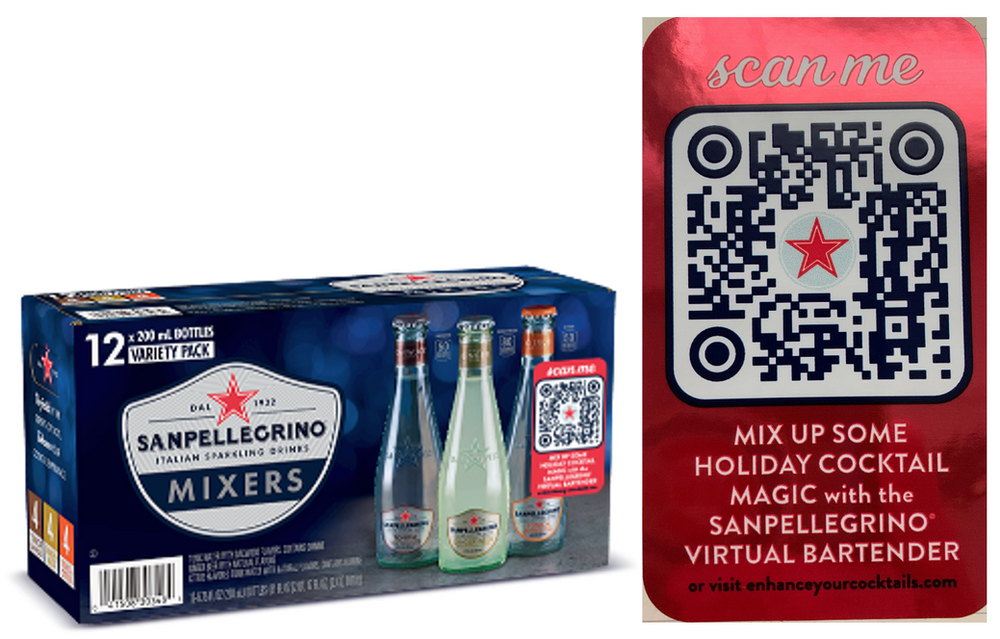
Technologically speaking, there are options beyond AR, of course. In January, MilkPep, The Mars Agency and sports trading card company Panini tapped into the emerging trend of NFT (non-fungible token) collectibles. Leveraging its relationships with three National Football League players, MilkPep gave consumers the chance to win NFT collectibles instantly or through a sweepstakes.
The campaign included — what else? — QR codes, which were affixed to product labels and neckhangers that linked shoppers to a promotional landing page where they could enter to win the NFTs. Engagement levels began exceeding expectations almost immediately after launch.
Incidentally, the use of QR codes also gives marketers a quantifiable way to measure the impact of their P-O-P programs through the engagement that they generate with shoppers. And since the codes can’t be scanned if the displays aren’t executed, they can offer a window into execution rates as well.

With all three “Holy Grails of Display” now within reach through the use of digital tools, it seems like the wrong time to declare print dead.

About the Author
Brian Hutchinson is VP-Production Services at The Mars Agency, where he leads all efforts in the production, execution and innovation at retail. He has more than 20 years experience in executing displays and campaigns for some of the largest brands and retailers in the world.